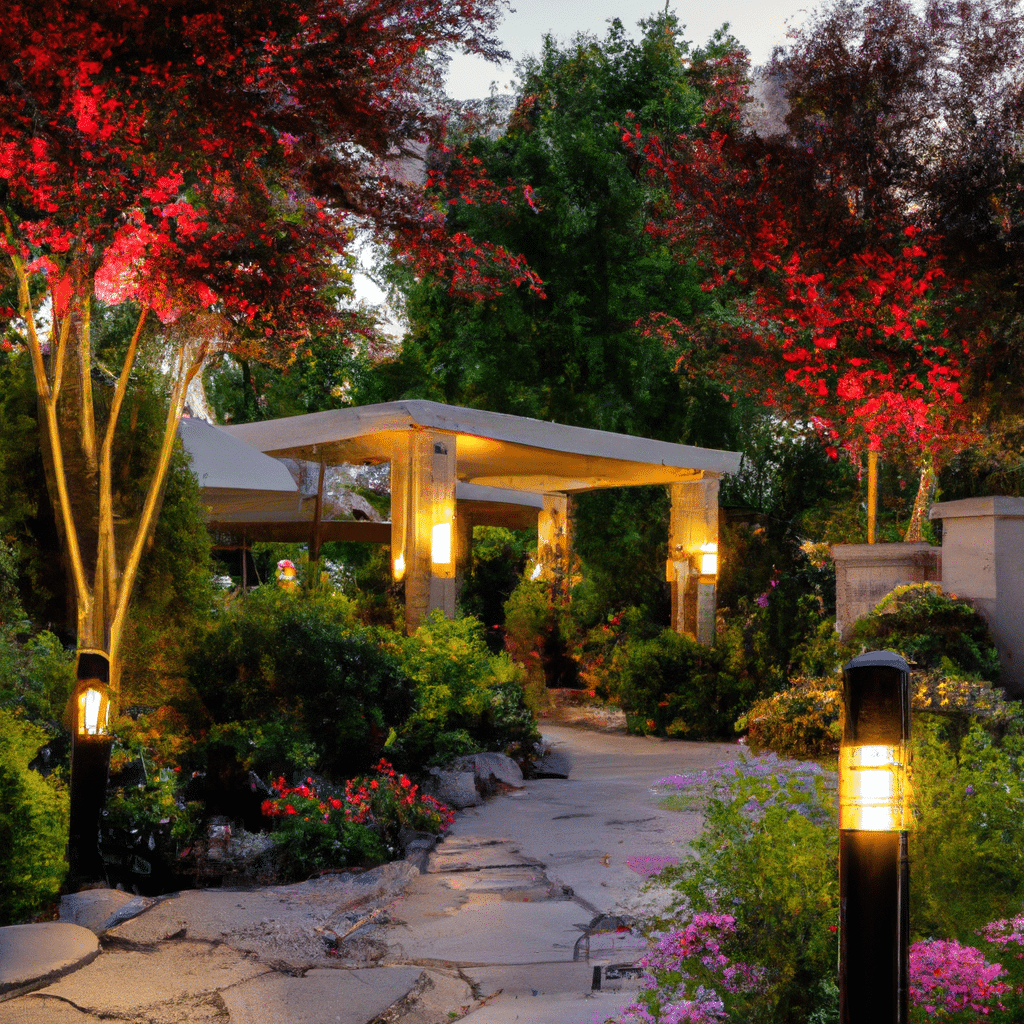In today’s fast-paced world, lighting plays a crucial role in our daily lives. Whether it’s at home, in the office, or outdoors, having the right lighting can significantly impact our mood, productivity, and overall well-being. However, traditional lighting options such as incandescent and fluorescent bulbs often come with their own set of issues, including flickering lights that can be both annoying and detrimental to our health. In this article, we will explore how LED lighting can eliminate flickering and provide a range of benefits that go beyond just illumination.
Understanding Flickering Lights
Flickering lights are a common problem experienced by many individuals. The rapid, often unnoticeable fluctuations in light intensity can cause eye strain, headaches, and even migraines for some people. Traditional incandescent bulbs operate by heating a filament to produce light, which can result in visible flickering due to the alternating current (AC) power supply. Fluorescent bulbs, on the other hand, use a different mechanism that can also lead to flickering issues.
The Rise of LED Lighting
LED (Light Emitting Diode) lighting has revolutionized the lighting industry with its numerous advantages over traditional lighting options. Unlike incandescent and fluorescent bulbs, LEDs do not rely on heating filaments or gas discharge to produce light. Instead, they utilize a semiconductor to convert electrical energy into light, making them highly efficient and reliable. LED technology has rapidly evolved over the years, offering improved brightness, color accuracy, and most importantly, flicker-free illumination.
Benefits of LED Lighting
1. Flicker-Free Lighting
LED lighting is inherently flicker-free due to its solid-state nature. Unlike traditional bulbs, LEDs do not rely on heating elements or gas discharge, eliminating the flickering issue altogether. This provides a stable and consistent light source, reducing eye strain and creating a more comfortable environment for prolonged use.
2. Energy Efficiency
LEDs are renowned for their exceptional energy efficiency. They consume significantly less power compared to incandescent and fluorescent bulbs, resulting in lower electricity bills and reduced carbon footprint. With increasing environmental concerns, LED lighting is a sustainable choice that helps conserve energy and protect the planet.
3. Longevity
LEDs have an impressive lifespan, often lasting up to 25 times longer than traditional bulbs. This means fewer replacements and reduced maintenance costs in the long run. Investing in LED lighting not only ensures longevity but also minimizes waste and the need for frequent bulb changes.
4. Versatility
LED technology offers a wide range of lighting options to suit various needs and preferences. From warm white to cool white, dimmable to color-changing, and even smart lighting systems, LEDs provide versatility in both residential and commercial applications. Whether you want to create a cozy ambiance at home or enhance productivity in the workplace, LED lighting can be tailored to your specific requirements.
5. Environmental Friendly
LED lighting is an environmentally friendly choice due to its energy efficiency and reduced carbon footprint. Unlike fluorescent bulbs, LEDs do not contain harmful mercury, making them safer to use and dispose of. By opting for LED lighting, you contribute to a greener future and support sustainable practices.
6. Enhanced Lighting Quality
LEDs offer superior lighting quality compared to traditional options. They provide excellent color rendering, allowing objects and spaces to appear more vibrant and true to life. Whether it’s for reading, artwork, or showcasing products, LED lighting enhances visual clarity and creates a more visually appealing environment.
7. Cost-Effective
While the initial cost of LED lighting may be slightly higher than traditional bulbs, the long-term benefits far outweigh the investment. With energy savings, extended lifespan, and reduced maintenance costs, LED lighting proves to be a cost-effective choice in the long run. Additionally, government incentives and utility rebates are often available to further offset the initial expenses.
Conclusion
LED lighting has emerged as a game-changer in the lighting industry, offering numerous benefits over traditional lighting options. From eliminating flickering lights to providing energy efficiency, longevity, versatility, and enhanced lighting quality, LEDs have revolutionized the way we illuminate our surroundings. By embracing LED technology, you not only improve your lighting experience but also contribute to a sustainable future. Say goodbye to flickering lights and embrace the brilliance of LED lighting today.



